News 5/15/12
The AMA asks CMS to consider an additional one-year delay for the transition to ICD-10. Last month, HHS issued a proposed rule that would push the deadline back from October 1, 2013 to October 1, 2014. AMA believes that overwhelmed physicians need a deadline no sooner than October 1, 2015.
e-MDs hires former CO-REC director Robyn Leone as director of public policy and government initiatives.
Barrington Orthopedic Specialists (IL) selects NextGen’s EHR, PM, Portal, and other solutions for its 15-physician practice.
The percentage of doctors using tablets has nearly doubled since 2011, with 62% now claiming to use of some sort of tablet device. The Apple iPad is the preferred device for 81% of the tablet adopters.
ChartLogic announces that six orthopedic groups recently selected ChartLogic EHR Suite.
Twelve orthopedic and radiology practices select Merge Healthcare’s specialty EHR products.
KLAS takes a look at SaaS ambulatory EMRs, which are becoming more popular for providers who want minimal upfront cost and less IT involvement. Overall satisfaction scores were close for the top six vendors: CureMD, Practice Fusion, athenahealth, MIE, MedPlus, and Sevocity .
The 91-provider College Park Family Care Center (KS) contracts with eClinicalWorks for EHR.
A Texas ED doctor develops HealthCareWaitTime.com, a site that allows hospitals and physician offices to post patient wait times online and gives patients the option to schedule appointments and communicate securely with their providers. Interestingly, Dr. Harvey Castro has developed more than 30 medical smartphone apps over the last few years.
The AMA submits a letter to CMS, asking for less-aggressive criteria to achieve Meaningful Use. Some of the specific suggestions:
- Give physicians the ability to opt out of requirements that don’t apply to their routine scopes of practices
- Limit requirements to actions within a physician’s control and not rely on patients or other third parties’ use of technology
- Eliminate penalties for not meeting MU standards by October, 2014.
Here’s something fun to kick-start your week. Nuesoft creates a parody of Jay-Z’s “99 Problems” to highlight physician frustrations with the ICD-10 transition. If you’d like to be a music video star, Nuesoft is soliciting additional video clips and photos to be edited into the above video.


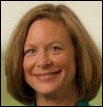


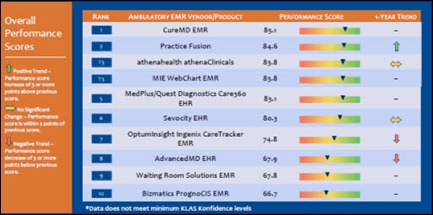

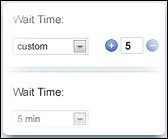
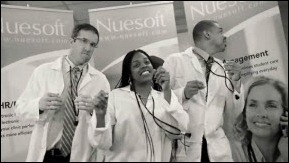

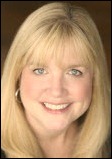



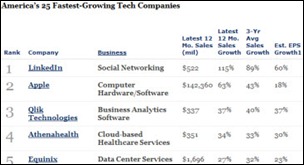
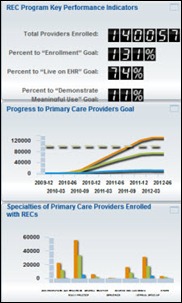
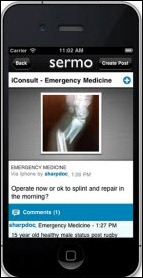
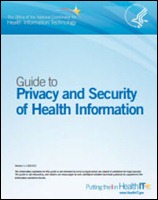



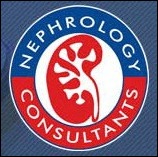



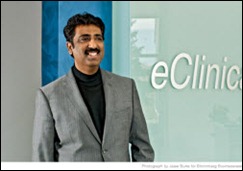


The article about Pediatric Associates in CA has a nugget with a potentially outsized impact: the implication that VFC vaccines…